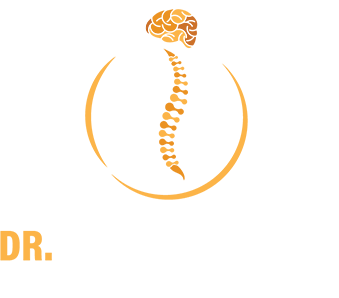Table Of Contents
- What Is A Stroke?
- What Causes A Stroke?
- What Are The Symptoms Of A Stroke?
- How Is A Stroke Diagnosed?
- What Are The Complications Of A Stroke?
- What Is The Treatment For Stroke?
What is a Stroke?
A stroke occurs when the blood supply to a portion of the brain is cut off or decreased, preventing brain tissues from receiving oxygen and nutrients. As a result, brain cells start to die within minutes. A stroke is a medical emergency that must be treated as soon as possible. Early intervention can help to prevent brain damage and other consequences.
What Causes a Stroke?
Stroke generally results from reduced blood supply to brain cells, which can be due to a clogged or a leaking blood vessel.
Many risk factors can increase the chances of a stroke:
Risk factors in one’s lifestyle can be-
- Obesity
- Inactivity physically
- Heavy drinking
- High blood pressure
- Illegal drug use, such as cocaine and methamphetamine
- Cigarette smoking or second-hand smoke inhalation
- High cholesterol levels
- Diabetes
- Cardiac diseases, such as heart failure, heart defects, heart infection, or irregular heart rhythms
- Personal or family history of stroke, heart attack, or transient ischemic attack.
- Disturbed sleeping patterns
What are the Symptoms of a Stroke?
The loss of blood supply to the brain destroys brain tissues. Stroke symptoms can be seen in the body parts controlled by the affected areas of the brain. The sooner a stroke victim receives treatment, the higher their chances of recovery. The most important symptoms are:
- Incomprehensible speech
- Paralysis
- Arm, face, or leg numbness or weakness, especially on one side of the body
- Difficulty communicating with or understanding others
- Confusion, disorientation, or a failure to respond
- Abrupt behavioural changes, particularly increased agitation
- Darkened, blurred or double vision
- Trouble walking
- Sharp headache
- Vomiting
- Vision issues, such as difficulty seeing in one or both eyes
It’s preferable to be highly cautious when dealing with a stroke, so don’t be reluctant to seek emergency medical attention if you suspect you’re experiencing a stroke.
How is a Stroke Diagnosed?
Stroke diagnosis starts with a proper physical examination to look for signs of confusion and weakness in different body parts. There are a few tests that can be done to diagnose stroke properly:
- MRI and CT scan: An MRI can assist in determining whether any brain tissue or cells have been destroyed. A CT scan can produce a detailed and crisp image of your brain, revealing any bleeding or injury.
- Carotid artery ultrasonography. Sound waves provide detailed images of the inside of the major arteries in the neck during this test. This test detects fatty deposits and blood flow in the arteries.
- Electrocardiogram: An electrocardiogram (EKG) is a simple test that monitors the electrical activity in the heart, evaluating its rhythm and speed.
- Blood tests: Blood tests can help determine blood cholesterol level and the rate at which the blood clots.
What are the Complications of a Stroke?
A stroke can result in temporary or permanent disability, depending on how long the brain is without oxygen supply and which area of the brain is damaged. Possible complications include:
- Muscle paralysis
- Difficulties speaking or swallowing
- Memory loss or difficulty thinking
What is the Treatment for Stroke?
It is crucial to get on-time treatment for stroke. The treatment includes:
- Surgery includes removing the affected part and relieving pressure on the brain.
- Clot making drugs are given in case of stroke that is due to leaking arteries
- Clot breaking drugs are given in case of stroke due to clogged arteries. These medications can dissolve blood clots in the brain’s arteries, halting the stroke and limiting brain damage.
- Medications to control blood pressure
It is essential to include lifestyle changes after a stroke to increase the longevity of life.




